Testing 3D printed cuvette holders
Forum update, 3D printed cuvette holders and data from the environmental gas sensor project

We have a few new updates to talk about this week!
- Updates to our online forum
- Testing 3D printed cuvette holders
- Preliminary data from the solar-powered environmental gas sensor project
Forum update
We recently added an extra registration requirement step for new users to the online forum. There is now an email verification step which we implemented to prevent the forum from getting spammed! The forum was down for some time while we fixed this issue, but is up and running now.
For all new forum users:
- Complete the registration steps including your email address and name
- After registration you will receive an email verification from [IO Rodeo Forum] as shown below

- Once this verification step is complete you will be ready to post!
- If you have any issues, please contact us: info@iorodeo.com
3D printed colorimeter cuvette holder
This week we tested 4 different materials for a 3D printed cuvette holder for the open source colorimeter. These were ABS, SLA & nylon. They all came out pretty good, but we really liked the SLA version. The SLA cuvette holder is shown below with the colorimeter electronics mounted.

Environmental Gas Sensor Project Updates
One of the issues we were concerned about regarding placing the sensor into a weatherproof enclosure was what effect, if any, this might have on measurements from the BME688 sensor, particularly the SIAQ profiles. SIAQ = Stationary Index of Air Quality and is a measure of environmental gas levels on a scale of 1-500. Over the last few weeks we have been collecting data and testing how best to locate the gas sensor.
Items Used
- Sensor 1: Solar-powered BME688 environmental gas sensor device with enclosure.
- Sensor 2: Battery-powered BME688 environmental sensor without enclosure
- Data was saved onto a microSD card and plotted with Matplotlib
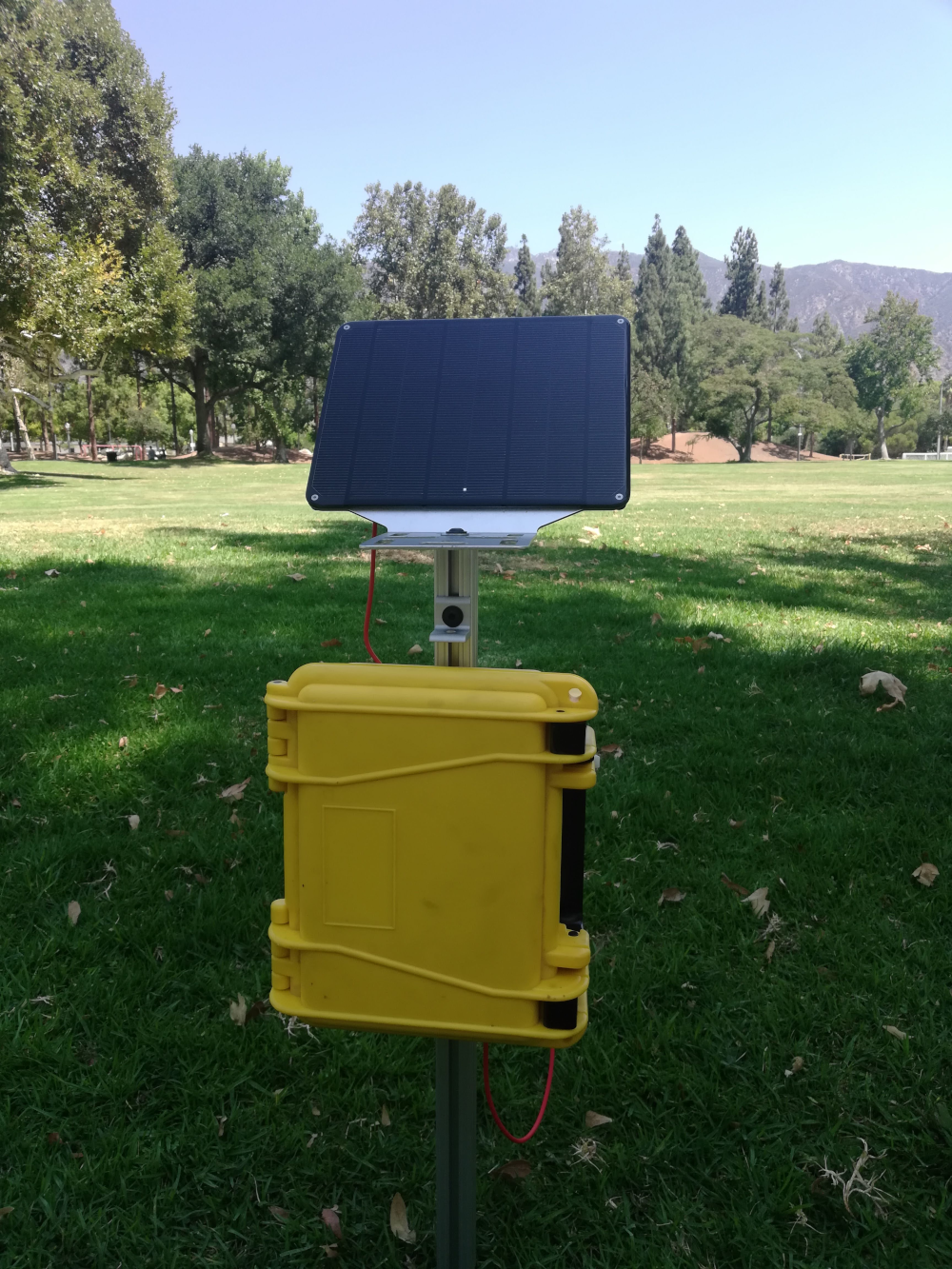
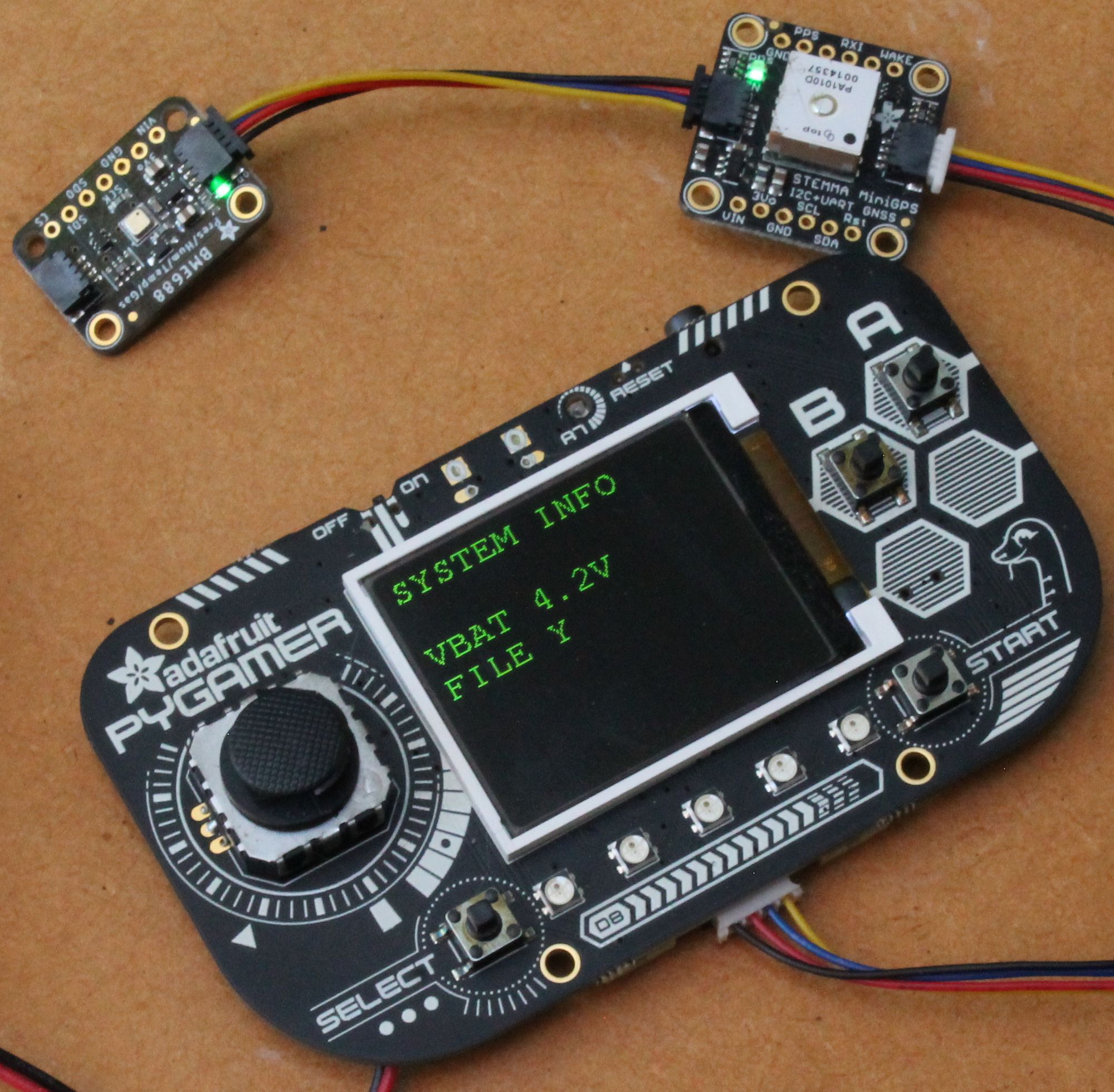
1) Compare SIAQ profile from BME688 sensor inside vs outside enclosure
We placed Sensor 1 in the same stationary outdoors location for a 13-day duration. For the first 7 days the BME688 sensor was mounted inside the enclosure with a hole in the bottom for gas exchange (Fig. 1 blue trace). For the following 6 days the sensor was mounted outside bottom of the enclosure (Fig 1. orange trace).
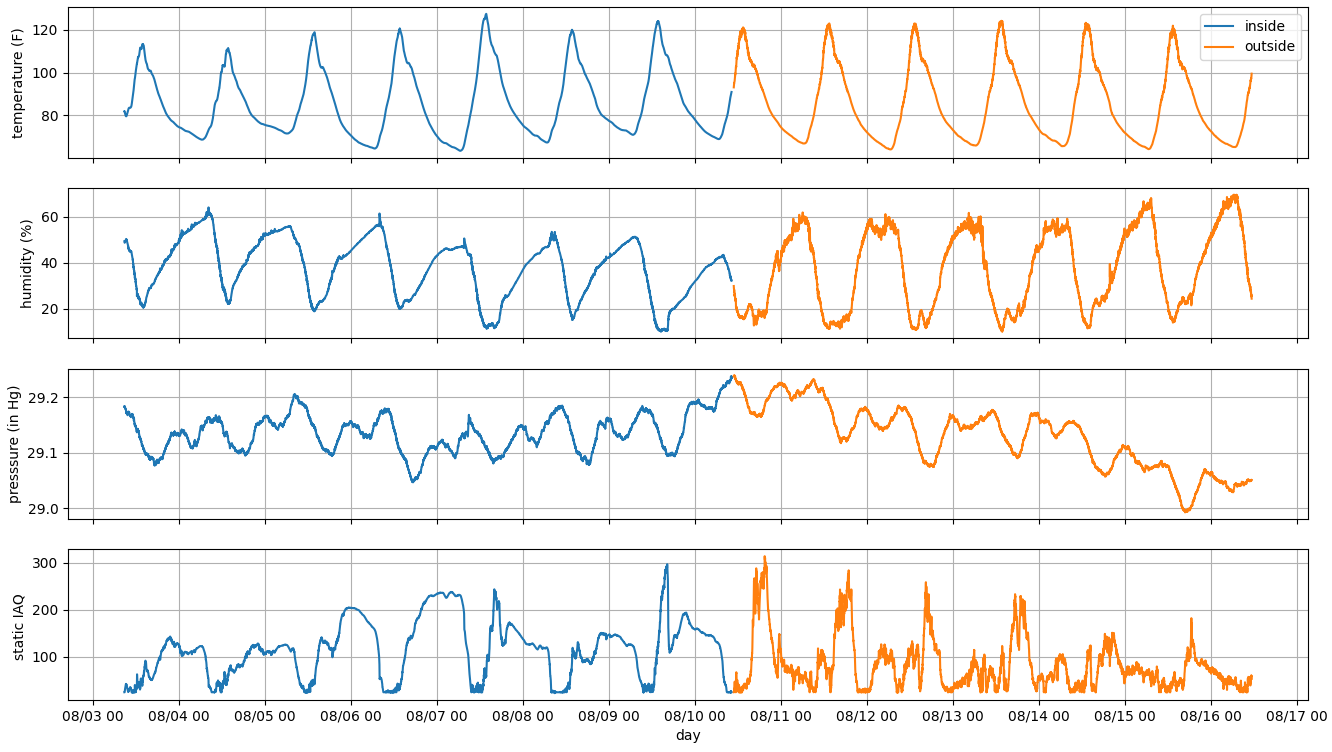
Comparing SIAQ data from two different sensors
We also placed a second battery-operated sensor (Sensor 2) without an enclosure in close proximity to Sensor 1. We couldn't run this sensor for a long duration as it was operating off battery power. However, it did allow us to make a side-by-side comparison with the data collected by Sensor 1 (Fig 1).
With this approach we can assess:
- impact of the enclosure when Sensor 1 is mounted inside and Sensor 2 is mounted outside (Fig 2)
- sensor-sensor variation when both Sensors 1 & 2 are mounted outside (Fig 3).


Takeaways
- Fig 1: The data shows that Sensor 1 gave a similar profile for temperature, humidity and pressure when mounted inside vs. outside the enclosure. However, the SIAQ profile seemed to change after it was moved to a mount outside of the enclosure.
- Fig 2: SIAQ profiles for the two sensors (Sensor 1 inside vs Sensor 2 outside) show some correlation, but there is considerable variation. This is particularly noticeable when you compare the orange vs blue traces
- Fig 3: When Sensor 1 is also placed outside the enclosure, the SIAQ profiles match more closely
- It appears that the SIAQ profile from the BME688 sensor is dependent on good air exchange, as shown by the two different mounting locations we tested. This is not surprising! If the goal is to measure outdoor environmental gases then it is probably best to mount the sensor outside of an enclosure, or ensure good air exchange inside the enclosure e.g. with a fan. You can still keep of all the other necessary electronics inside a weatherproof enclosure!

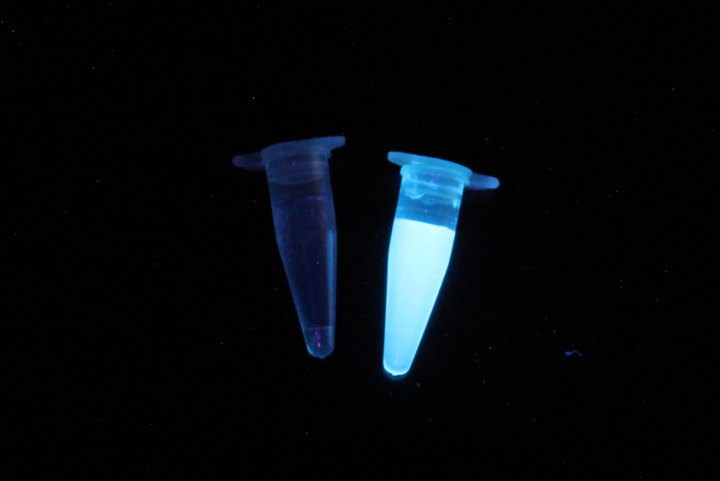
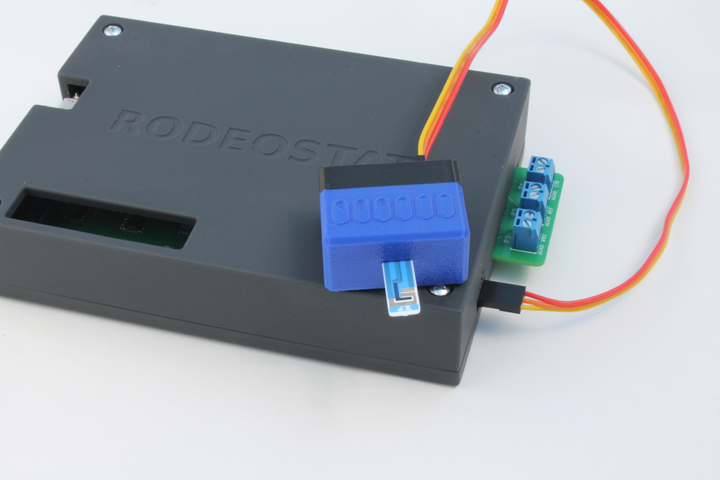

Comments ()